Investing money in some things feels a little adventurous because there is a question: Is it worth the money or not? Building or buying a chicken coop raises such questions.
You want to know whether you want it or want to have it for the trend. But the chicken coop is definitely a good investment when it comes to the health of your chicken.
Also, chicken coop and elevation matter when you are thinking of building or buying one. There are so many benefits of having an elevated chicken coop. However, the main question remains: can a chicken coop be 4 feet off the ground?
Well, you will find the answer below. So read all the related information carefully to understand its importance.
Benefits of Elevated Chicken Coop
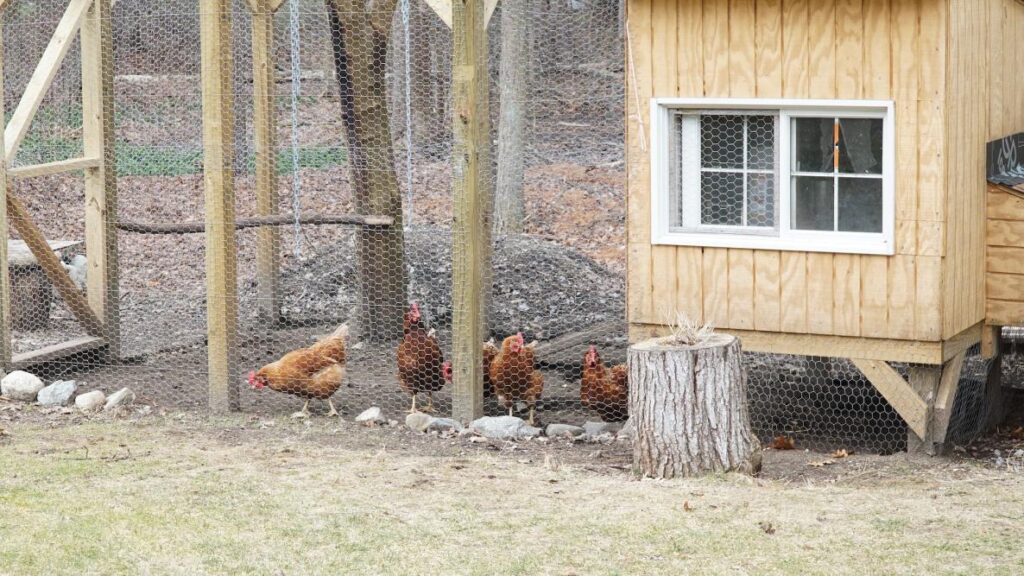
Elevating a chicken coop offers several benefits that can enhance the overall well-being of both the chickens and the chicken keeper. Here are five key benefits of having an elevated chicken coop:
- Elevating the coop keeps tricky animals like foxes and raccoons away, keeping our feathery friends safe.
- With the coop up high, chickens enjoy better air circulation, making them feel good and healthy.
- Cleaning under the coop is a breeze, saving time and ensuring a tidy home for our clucking buddies.
- Being off the ground means no soggy floors during rainy days, ensuring a comfy and dry coop.
- The space below is handy for storing chicken supplies, making everything organized and easy to find.
Structural Considerations to Keep in Mind
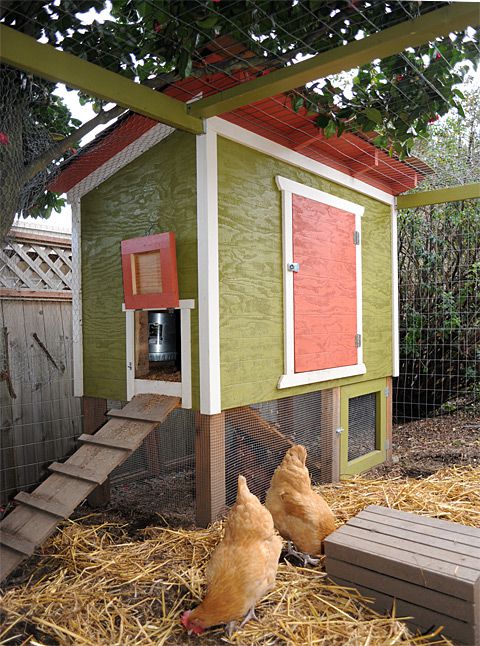
Elevating a chicken coop above the ground requires careful planning and construction to ensure structural stability and the safety of the chickens. The coop’s base, support pillars, and flooring materials must be strong and sturdy enough to withstand the weight of the coop, nesting boxes, and the birds themselves.
- Support Pillars: The support pillars or legs that elevate the coop should be made of durable materials such as pressure-treated wood or metal. The number and placement of these pillars will depend on the coop’s size and design to distribute the weight and prevent any wobbling or instability evenly.
- Flooring: The coop’s flooring should also be robust and able to support the weight of the coop and its inhabitants. Plywood or similar materials treated for outdoor use are common choices. Additionally, the flooring should be designed to minimize moisture accumulation and allow for easy cleaning.
- Bracing and Anchoring: To enhance stability, bracing and anchoring mechanisms should be incorporated into the coop’s design. This helps to secure the structure and prevent it from swaying or toppling due to strong winds or other external factors.
Accessibility and Functionality of Elevated Chicken Coop
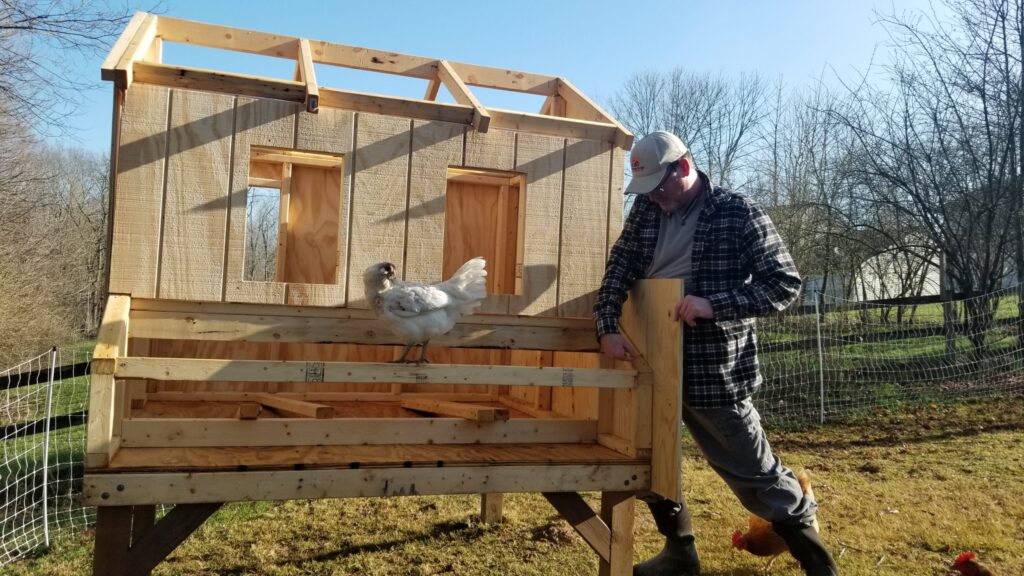
When it comes to accessibility and functionality, the elevated chicken coop has so much to offer in terms of protection for the chickens. Below, we have mentioned some of the advantages.
- Elevating the coop can make it more difficult for ground-dwelling predators, such as foxes or raccoons, to access the chickens. This extra height is a deterrent and can provide a safer environment for the flock.
- Elevating the coop facilitates easier cleaning and maintenance. Access to the coop and cleaning the floor and bedding become simpler when the coop is comfortable for human access.
- The space beneath the elevated coop can be used to store feed, supplies, or equipment related to chicken care. This can help keep the coop area organized and free of clutter.
How High Should Be Your Chicken Coop?
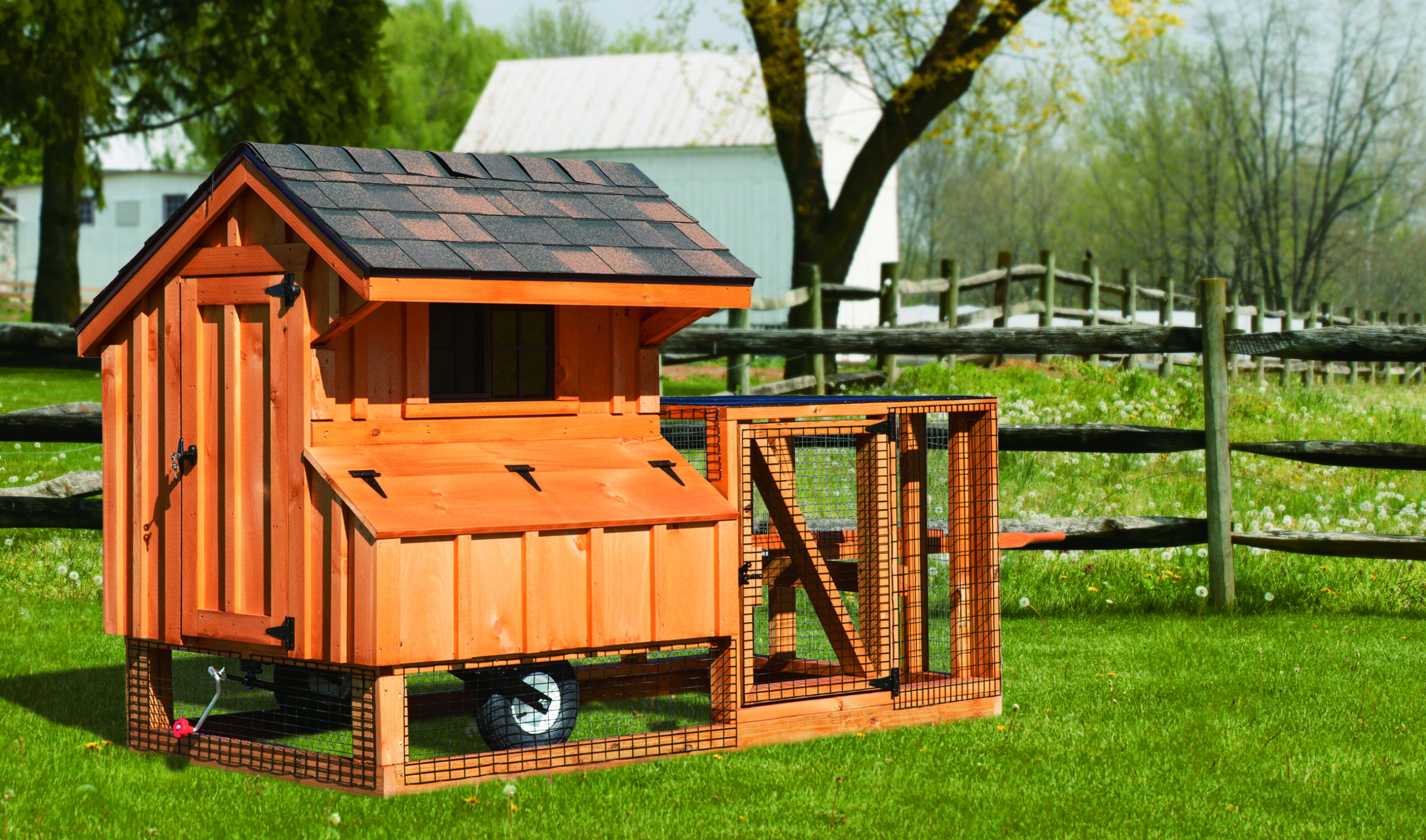
If your chicken coop is like a shed and quite spacious, keeping it about a foot off the ground is a good idea. This height discourages rodents from nesting underneath, provides weather protection, and allows airflow to dry the floor.
If a full foot seems too high, you can aim for 8-10 inches above the ground. This should still deter rodents and offer some protection from the elements.
Furthermore, if you have a smaller coop and you want to build it on legs. Raising it above the ground will definitely be helpful for you. Most coops have floors ranging from 16 inches to 4 feet high.
A height of about 20 inches usually works well and simplifies maintenance. If you plan to have a drop-down floor (a floor that opens downward for easy bedding removal), raising the coop floor to 3 or 4 feet is ideal to allow enough space for the floor to open smoothly.
Climate and Environmental Considerations of an Elevated Coop
The climate of the region where the coop is located should be considered when deciding on the coop’s elevation.
- Elevation can help protect the chickens from adverse weather conditions such as flooding or excess moisture, which can occur at ground level during heavy rains.
- Adequate ventilation is crucial in a chicken coop to maintain a healthy bird environment. Design considerations should include providing appropriate airflow at the elevated level to ensure the chickens receive fresh air and maintain proper ventilation.
Conclusion
In the beginning, you had confusion about whether or not to invest in the chicken coop and what should be the proper height of your chicken coop. Well, we have included all the details related to your queries.
This is because an elevated chicken coop is highly beneficial for your chicken, and that will also help you maintain their health and protection.
However, it is better if you consult with professional or experienced chicken keepers before constructing or modifying a chicken coop, as it will help you understand the specific needs and conditions of your flock.

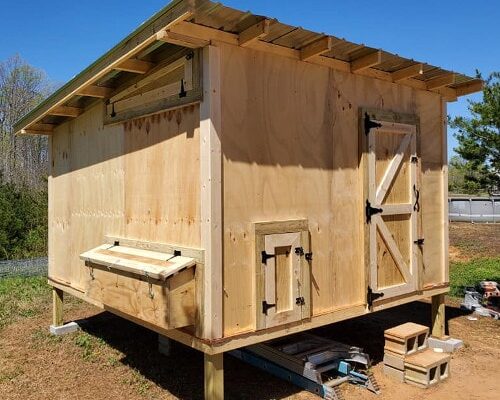



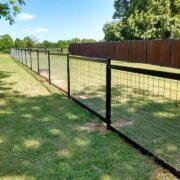
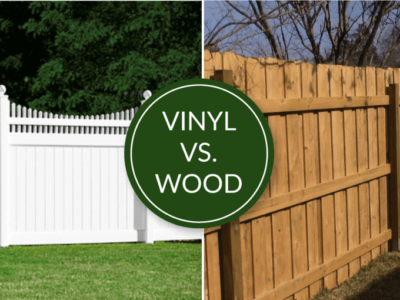

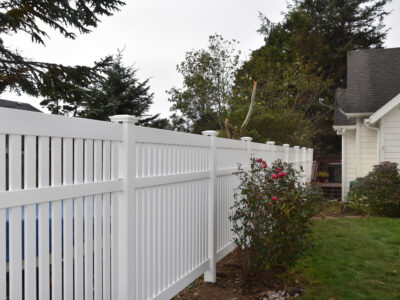
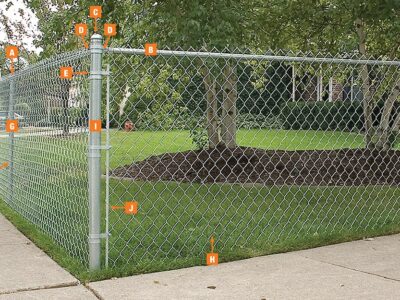




Comments